-
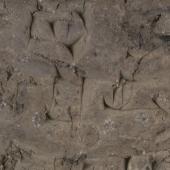
Impressions in clay
-
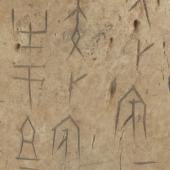
Inscriptions on bone
-
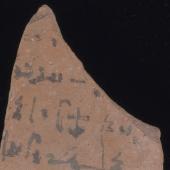
Writing on pottery
-
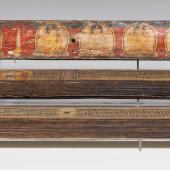
New materials: palm leaves
-
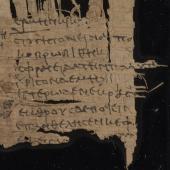
New materials: papyrus
-
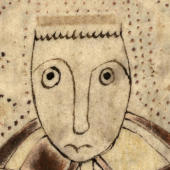
New materials: parchment
-
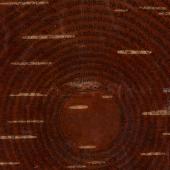
New materials: bark
-
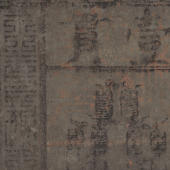
New materials: mulberry paper
-
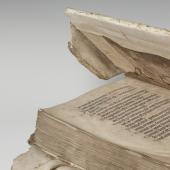
Transporting texts: the codex
-
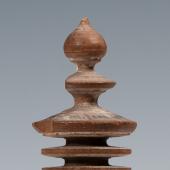
Transporting texts: the pagoda
-
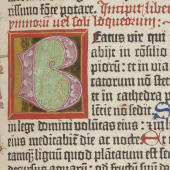
The print revolution
-
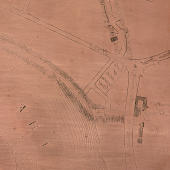
Printing from plates 1
-
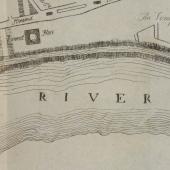
Printing from plates 2
-
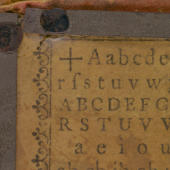
A text to hold
-
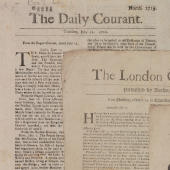
Reading for all: newspapers
-
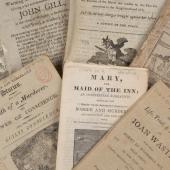
Reading for all: cheap literature
-
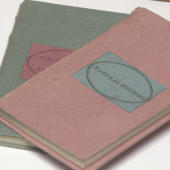
Reading for all: children
-
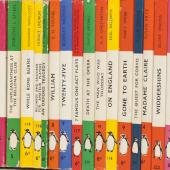
Reading for all: pocket paperbacks
-
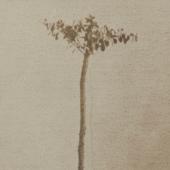
Another use for trees
-
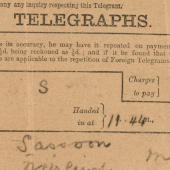
Sending urgent messages
-
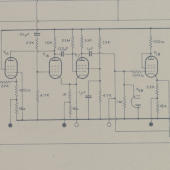
The revolution starts here
-
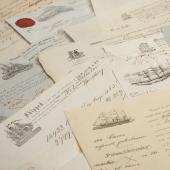
Communicating business around the world
From clay tablet to twitter feed: revolutions in human communication
Lines of thought
Technology has always driven and mediated human communication and all its forms can be found within the Library. The earliest written texts survive on bone and pottery. Early technological advances exploited other local materials – papyrus in Egypt, palm leaves in South-East Asia and parchment from the skins of sheep, calves and goats across the world.
The development of the codex, a book made up of folded sheets, made it possible to transport and easily consult texts, whilst the invention of printing made mass production possible. Johann Gutenberg’s invention of movable type transformed the scale and variety of the written word. With the advent of mass communication and mass literacy ideas and opinions, as well as controversy and propaganda, spread rapidly and widely.
Today, technology is developing at an ever more rapid rate. The internet, self-publication, e-books, e-mail, social media and tweets are changing the long established monopolies of the codex and the printing press. The library of the future will be as much virtual as physical. We would like to capture your thoughts on the future of communication in the digital age: where does this line of thought take you? Tweet #ulLinesofThought and make your message part of this exhibition.
Subject specialist curator Suzanne Paul, Keeper of Manuscripts, discusses the theme of Communication in this specially commissioned film.